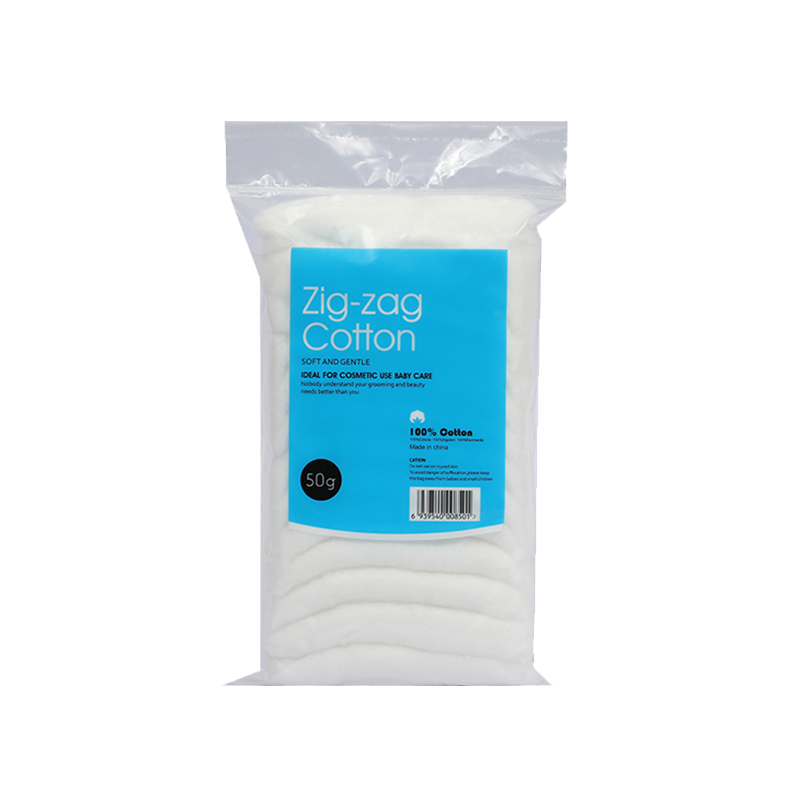Новости
Новости
Как проверить биосовместимость и безопасность медицинских повязок?
Тестирование биосовместимости и безопасности медицинские повязки крайне важно гарантировать, что они не вызывают побочных реакций при применении у пациентов. Этот процесс обычно включает в себя комбинацию испытаний in vitro (лабораторные), in vivo (на животных) и клинических испытаний. Вот ключевые этапы и методики, используемые для проверки биосовместимости и безопасности медицинских повязок:
Испытание на цитотоксичность. Цель: Определить, вызывает ли медицинская повязка повреждение или гибель клеток. Метод: Клетки культивируют в присутствии экстрактов из перевязочного материала. Жизнеспособность и морфологию клеток оценивают с помощью таких анализов, как МТТ, ХТТ или окрашивание живых/мертвых. Тестирование на сенсибилизацию: Цель: оценить способность повязки вызывать аллергические реакции. Метод: Экстракты повязки наносят на клеточные культуры или модели эпидермиса человека. чтобы оценить, вызывают ли они иммунный ответ. Тестирование на раздражение: Цель: Определить, вызывает ли материал повязки раздражение тканей. Метод: Экстракты или прямой контакт с повязкой наносятся на восстановленные модели кожи человека или клеточные культуры, и измеряются маркеры воспаления.
Испытания на животных (руководящие принципы ISO 10993): Цель: Оценить общую биосовместимость, включая сенсибилизацию, раздражение и системную токсичность. Метод: Медицинские повязки накладывают на кожу или слизистую оболочку животных (обычно кроликов или морских свинок). Наблюдения проводят на наличие признаков эритемы, отека и других реакций. Также может быть проведен гистопатологический анализ тканей. Испытание на экстрагируемость и выщелачиваемость: Цель: Определить и количественно оценить химические вещества, которые могут вымываться из повязки и вызывать побочные эффекты. Метод: Повязка подвергается воздействию растворителей в условиях, имитирующих клиническое использование. Затем экстракты анализируются с использованием таких методов, как газовая хроматография-масс-спектрометрия (ГХ-МС) или высокоэффективная жидкостная хроматография (ВЭЖХ). Тестирование на взаимодействие с кровью. Цель: убедиться, что повязка не оказывает неблагоприятного взаимодействия с компонентами крови. Метод: такие тесты, как гемолиз. (повреждение эритроцитов), коагуляцию (время свертывания) и активацию тромбоцитов проводят с использованием образцов крови, подвергшихся воздействию повязки.

Испытание на стерильность: Цель: Подтвердить, что повязка не содержит микробного загрязнения. Метод: Повязку инкубируют в питательной среде для проверки на рост бактерий или грибков. Можно следовать таким стандартам, как USP <71>. Испытание антимикробной эффективности: Цель: оценить способность повязки предотвращать или уменьшать рост микробов. Метод: повязку инокулируют известными штаммами бактерий или грибов, а количество микробов измеряют с течением времени. Человек Клинические испытания. Цель: оценить безопасность и эффективность повязки в реальных условиях. Метод: повязку применяют у пациентов с определенными типами ран в контролируемых клинических условиях. Пациентов контролируют на предмет побочных реакций, прогресса заживления ран и общей безопасности.
Испытание на биосовместимость по стандарту ISO 10993: Цель: Обеспечить соответствие международным стандартам биосовместимости медицинского оборудования. Метод: Полный набор тестов (цитотоксичность, сенсибилизация, раздражение, системная токсичность и т. д.) проводится в соответствии с рекомендациями ISO 10993. FDA и другими нормативными рекомендациями: Цель: Соответствовать нормативным требованиям для получения разрешения на продажу. Метод: Предоставить данные о биосовместимости и безопасности в регулирующие органы, такие как FDA, EMA или другие национальные органы, для рассмотрения и одобрения.
Тестирование биосовместимости и безопасности медицинских повязок — это многоэтапный процесс, включающий лабораторные исследования, исследования на животных и людях, чтобы гарантировать безопасность повязок для клинического использования. Следование стандартизированным рекомендациям, например, ISO 10993, и соблюдение нормативных требований имеют важное значение для подтверждения безопасности и эффективности этих медицинских изделий.



 English
English 中文简体
中文简体 Português
Português Español
Español









